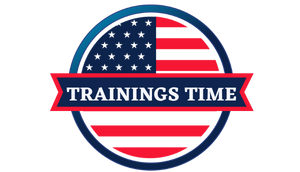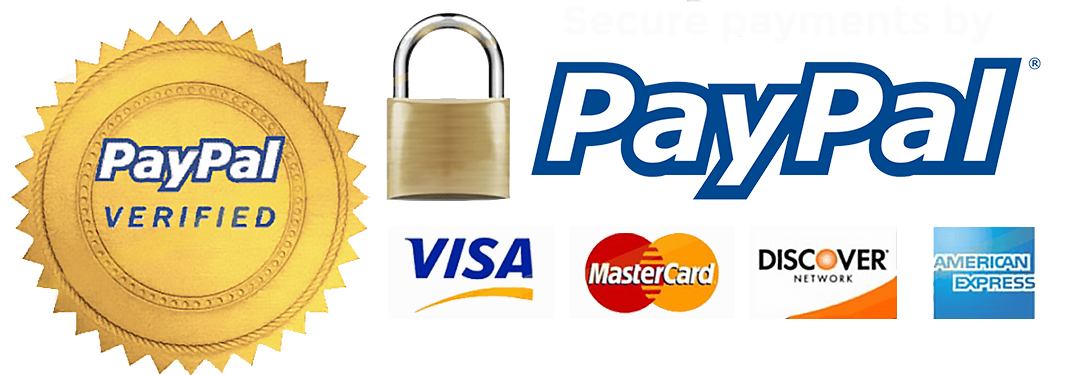Description
RECORDED TRAINING COURSE
If there’s ever a time to rethink your handbook, it’s now. The timeliness has less to do with the fast-approaching new year — the obvious time to roll out a replacement handbook — and more to do with the wave of change that recently swept the workplace.
“The pandemic sparked an awakening among people. They re-evaluated workplace norms and decided many no longer worked for them.
Workers’ new expectations may clash with employers’ old policies. Policies that ban flexibilities normalized by the pandemic may feel frustratingly out of date. And yet, many organizations punt on handbook refreshes. I think a lot of companies don’t update their employee handbooks as often as they should.
With the shift to hybrid work/Remote work, organizations must set clear expectations around communication, and performance. Managers and associates both play a significant role in making [hybrid work] successful within their teams, and HR teams have an opportunity to provide tools and guidelines to make it even easier.
With 2023 around the corner, now is the time for employers to consider updating their employee handbooks. Handbooks, handed out at orientation and often thereafter ignored, are an important compliance tool for employers addressing all manner of employment issues. And handbook policies can be a helpful tool when defending a variety of employment claims, such as wage and hour violations, harassment and discrimination lawsuits, and leave disputes.
SESSION HIGHLIGHTS:
- What resources can assist organizations in creating strategies to mitigate multi-state challenges?
- To identify what state-specific regulations, must comply.
- What multi-state regulations do they need to be aware of and what policies do they need to create?
- Which multi-state regulations impact Employers more than others?
- Which new laws have changed the playing field for Employers to reduce risk?
- What policies can be created to mitigate all the new regulations?
- Whether to create policies or create an Employee Handbook to mitigate multi-state laws.
- What communication strategies need to be developed to ensure effective communication by Employers to employees on the many multi-state regulations?
- What tools need to be used to arm Employers with the many resources that will help them mitigate these regulations?
- Criminal Background Screening Regulations.
- DOL New Overtime Rule.
- Salary Question Prohibited in Hiring.
- Paid leave laws.
- Pay equity.
- Employee classification.
- Marijuana Legalized in the Workplace.
- Immigration compliance.
- Employee handbook requirements.
- Retaliation.
- Independent Contractors vs employees.
Why You Should Attend:
An outdated handbook, however, can be a liability, particularly for multistate employers with a widely-dispersed workforce. These employers in particular must be attuned to the myriad of different employment laws and must be aware of new developments in any state where any employee is located. These complicated compliance requirements may seem tedious or burdensome, especially in an environment where employers are already struggling with recruiting and hiring, but failure to do so can be costly.
Who Should Attend:
- Federal Contractors
- Department Heads
- Human resources professionals
- Compliance professionals
- Payroll Professionals
- Managers/Supervisors & new and potential managers
- Office Managers responsible for HR responsibilities
- The person responsible for Equal Employment Opportunity Commission (EEOC)
Note: You will get access to the Recording link and E-Transcript; in your account and at your registered email address.





